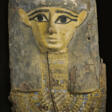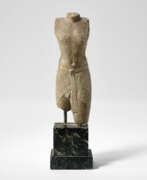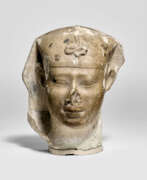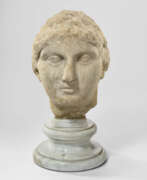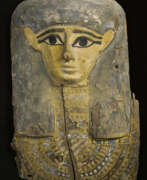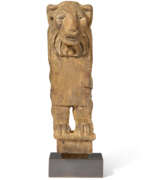Ptolemaic dynasty

Ptolemaic dynasty
The Ptolemaic dynasty, a Macedonian Greek royal house, reigned over Ancient Egypt from 323 until 30 BC, marking the longest and last dynasty of ancient Egypt. Established by Ptolemy I Soter, a general and possible half-brother of Alexander the Great, the Ptolemies ruled post-Alexander's Egypt, introducing significant cultural and architectural changes.
Under the Ptolemies, the artistic landscape of Egypt witnessed a unique blend of Greek and Egyptian styles. This fusion is most evident in the majestic temples, some of the largest of which still stand today, primarily built during their reign. The dynasty continued the construction of Egyptian temples, strictly following the traditional styles, while also incorporating their Hellenistic roots.
One of the most significant contributions of the Ptolemaic dynasty was the establishment of the Library of Alexandria by Ptolemy I. This institution became a hub for academic, literary, and scientific research, attracting scholars from all over the Hellenistic world. The library's fate remains a mystery, with several theories about its destruction.
The Ptolemaic rulers also supported Egyptian cults and priesthoods, merging Egyptian religious practices with their own. This is exemplified in the creation of Serapis, a deity combining Egyptian and Greek gods, and in the depiction of queens like Arsinoe II and Cleopatra VII with features of Greek goddesses and Egyptian deities.
Art from this period illustrates the blend of cultures, with Egyptian and Greek elements coalescing in statues and reliefs. Statues of Ptolemaic rulers and queens, found in museums such as the Metropolitan Museum of Art, showcase this stylistic synthesis. For example, a bust of Arsinoe II combines the traditional Egyptian headdress with Greek facial features and hairstyles.
The Ptolemaic dynasty's era was not just a time of cultural fusion but also of political intrigue, with familial alliances and conflicts shaping the region's landscape. The dynasty's end came with the famous Cleopatra VII, whose alliances and eventual downfall played a pivotal role in Egypt's transition into the Roman Empire.
For collectors and experts in art and antiques, the Ptolemaic dynasty offers a fascinating study in the confluence of cultures. Its artifacts, surviving temples, and artistic legacy are testaments to a unique period in history where two powerful cultures merged, creating a distinctive and enduring heritage.
Sign up for Updates on Ptolemaic Dynasty Artifacts Stay informed about the latest product sales and auction events related to the Ptolemaic dynasty. Subscribe to our updates for exclusive access to artifacts and insights into this remarkable historical era.
| Country: | Africa, Egypt |
|---|---|
| Start of the period: | 323 BC |
| End of the period: | 30 BC |
